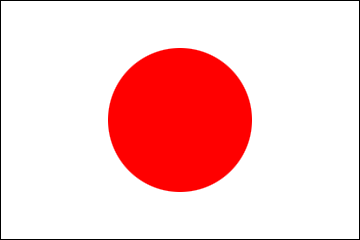Letter from Cebu (19) ”Understanding Powerful political families in provinces”
2023/6/21
Letter from Cebu (19)
”Understanding Powerful political families in provinces”
”Understanding Powerful political families in provinces”
My intention of writing this article is for the readers to gain insight on the existence of political dynasty here in the Philippines. I have no desire to criticize nor to give a negative impression on the politics in this country. Furthermore, I will share my views and opinion based on my research and personal observation, which may be similar or differ with others.
Since assuming my duty here in Cebu last May, I have been visiting provinces and cities where a number of Japanese live, and paying courtesy calls on governors and mayors there. Our area of responsibility has 16 provinces. I have visited 9 provinces so far. What I have observed during my visits to the provinces was that political families prevail. It may be spouses, siblings, cousins or relatives, altogether holding a position in the local or national government. In the Philippines, powerful families that produces several politicians at once and continuously are called political dynasties. This kind of political dynasties are unique to the Philippines, rarely observed in other Southeast Asian countries.
My initial reaction was “How can one family financially manage to produce several politicians at once?” In Japan, our common sense is that political activities require a lot of money. There used to be politicians called “Ido-bei politicians (a borewell and fence politicians)”, meaning they dedicated themselves to politics and spent so much money, eventually, what they left was only a borewell and a fence surrounding their house. But, I still have little knowledge about the political fund-raising in the Philippines and financial situations over elections. I will continue doing my research about the financial aspect of politics and elections.
As for the motives for producing several elected officials from one family, I once asked a provincial governor “Why does one family produce, for example, a provincial governor and congressman at the same time?”. His answer was “In order to obtain the budget from the central government for local development, you need to send your close ally to the Congress. That is the most efficient way for obtaining fund for local developments.” His response may be one motive for local political family to produce several elected officials at once.
A number of researchers have studied political dynasties in the Philippines and argued pros and cons of them. I am not in a position to discuss whether they are appropriate or not. But, here let me look at the historical background of powerful political families and summarize the common assessment of the researchers.
During the Spanish colonial period, the Archbishop was as powerful as the governor-general politically and economically. The priests in the local area tried to move all the people into pueblos, or villages, surrounding the churches. But, the dispersed demographic patters of the old barangays largely persisted. So, the Spanish Government in Manilla appointed the heirs of pre-Spanish nobility, datus, as chiefs of villages (they are also called raja). They formed the principalia, and played an important role in the friar-dominated local government.
(Native Royalties in Pre-colonial Philippines)
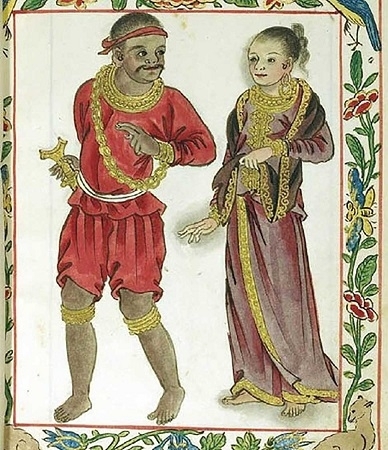
Source: Indiana University Digital Library
http://webapp1.dlib.indiana.edu/metsnav/common/navigate.do?pn=116&size=screen&oid=VAB8326

Source: Indiana University Digital Library
http://webapp1.dlib.indiana.edu/metsnav/common/navigate.do?pn=116&size=screen&oid=VAB8326
On the other hand, agricultural technology changed very slowly until the late 18th century, as shifting cultivation gradually gave way to more intensive sedentary farming, partly under the guidance of the friars. The datus and other representatives of the old noble class took advantage of this shift to claim as their own fields, although the traditional land rights had been limited to usufruct, according to the explanation of Britannica. As a result, the principalia not only occupied higher positions of the local government, but also accumulated wealth through large scale agriculture, resulting in the two-layered local society characterized as a small number of wealthy families and a large number of poor peasants.
In the 19th century, the galleon trade ended in 1815, and the international demand for Philippine sugar, abaca (hemp), coffee and tobacco grew apace and the volume of exports to Europe expanded even further. The growth of commercial agriculture resulted in the further accumulation of wealth by the principalia, who were usually engaged in big plantations of commercial plants, as well as the appearance of new class of successful businessmen stemming partly from enterprising Chinese-Filipino mestizos. Eventually, income disparity between the rich and the poor became enormous, and the two layered society was further immobilized.
(Spanish guards and civilians at the Intramuros gate. Intramuros was the seat of government during the Spanish colonial era.)
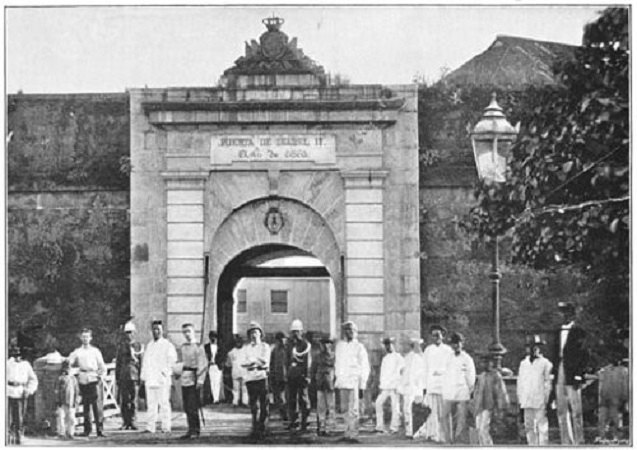
Source: http://philhistorypics.blogspot.com/2009/11/spanish-era-philippines.html

Source: http://philhistorypics.blogspot.com/2009/11/spanish-era-philippines.html
(A street in Escolta, the commercial area of Spanish period Manila)
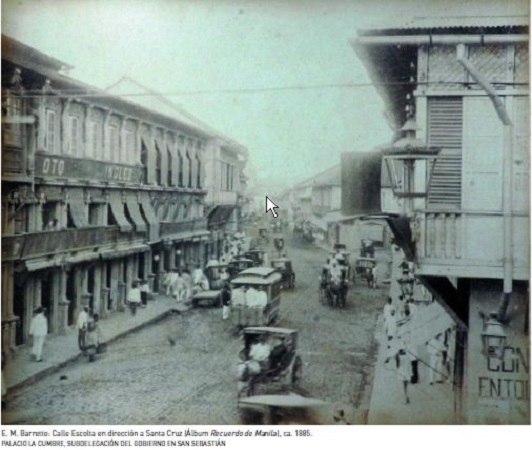
Source: http://philhistorypics.blogspot.com/2009/11/spanish-era-philippines.html
The United States colonized the Philippines after winning the Spanish-American War in 1898. The United States adopted an indirect ruling style without changing the traditional ruling system during the Spanish colonization period. This means that it relied on the wealthy class and big landowners for ruling the Philippines. The United States Government wanted to make the Philippines a showcase of democracy, so it sent a number of American teachers for educating the local people, and introduced various elections and encouraged to establish the Congress and the Senate as follows;
1901 Direct election for selecting mayors
1902 Direct election for selecting provincial governors
1907 Establishment of the Philippine Congress
Congressional Election
1916 Establishment of the Senate
1935 Presidential Election
Establishment of the Commonwealth of the Philippines
1939 Senate Election
Americans may have expected that an equal society would emerge after repeating elections. But, it was not the case in the Philippines. The election at a local and national level only benefited the local wealthy families. They won most elections, and they also had access to the political power at the national level. They demanded the allocation of the national budget for their local development. The proportion of the fund for local public works started to be decided through sessions between congressmen and the President.
This American way of introducing elections and producing politicians marks a stark contrast to the colonization policy of other colonial powers such as the United Kingdom and the Netherlands. They tried to educate bureaucrats and to develop bureaucracy during the colonization period in Malaysia, Singapore and Indonesia.
(Inauguration of the Commonwealth of the Philippines.)
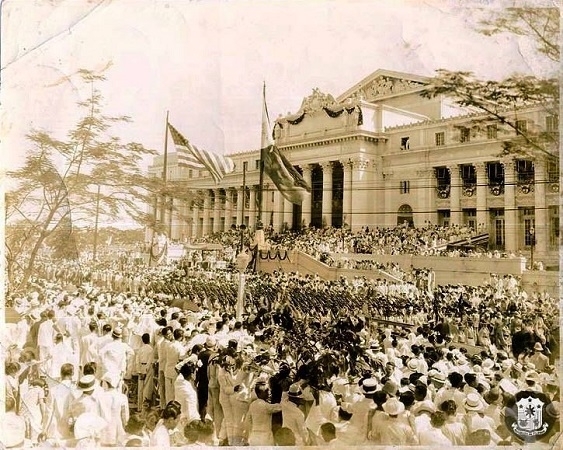
Source: https://officialgazette.gov.ph/featured/commonwealth/

Source: https://officialgazette.gov.ph/featured/commonwealth/
Even after the independence of the Philippines in 1946, the tug of war between politicians from local powerful political families and the President (or the Central Government) continued. In 1950, Congress members were able to start selecting public works for their constituencies. In 1955, Congress members were able to select community works and Senators were able to select national level public works. Congress members also had power to appoint the commander of Philippine Constabulary, judges of the trial court and regional heads of Land Bureau.
Congress members from local powerful political families obtained the Central Government fund and distributed it to their local constituencies, by doing so, they consolidated their political position both at the national and local level. This vertical relations connecting the state, province and city/municipality is the basic character of Philippine politics. Another common view among the researchers that organizations of horizontal relations based on class, ideology and religion have been very weak in the Philippines.
There is a view that former President Ferdinand Marcos tries to get rid of such Oligarchy politics and sought to eradicate poverty and inequality within the country. After the martial law in 1972, he suspended local assemblies and local elections for selecting their governors and mayors. However, his undertakings ended up with failure because of economic inefficiency and corruption brought by his cronies. After President Marcos was ousted in 1986, new Constitution was enacted in 1987. The following elections produced a number of elected officials from local powerful political families. According to GMA News Research, in 2013, local powerful political family members exist in all 80 provinces, and 74% of Congress members and 19 out of 24 Senators are from the local powerful political families. This research also shows that 85% of all provincial governors and 84% of mayors belong to this family.
Needless to say, Philippine politics are changing in accordance with the changes in the Philippine society in the last 30 years. Some researchers pay attention to the division between the newly emerged middle class and the poor class. But, in any case, taking this historical background in mind may be useful for understanding the local politics of the Philippines.
Hideki YAMAJI
Consul General of Japan in Cebu
Consul General of Japan in Cebu
(References)
“Review: Local Political Leaders and the Political Dynasty in Southeast Asia”, Masaaki Okamoto, Chapter 3 of “Survey of local autonomy in Southeast Asia” edited by Tsuruyo Funatsu, Kazuhiro Kagotani, and Fumio Nagai, Institute of Developing Economies, Japan External Trade Organization, 2018
“Emergence of Middle Class and Political Change”, Masataka Kimura, in “Development of Middle Class and its Character” PP169-200, Institute of Developing Economies, Japan External Trade Organization, 2002
“Democracy ruled by Oligarchy-its development and change”, Takeshi Kawashima, in “Asia and Democracy – Thoughts and behavior of political leaders” PP103-140, Institute of Developing Economies, Japan External Trade Organization, 1997
“Philippine Political Studies in the 21st Century: Institutions, Agencies, and Regions” Yusuke Takagi, Southeast Asia – History and Culture, No.47, 2018
“Policy Making after Revolution: The Faces of Local Transformation of the Philippines”, Southeast Asian Studies, Vol.10, No.2, August 2021, pp.199-221
“Review: Local Political Leaders and the Political Dynasty in Southeast Asia”, Masaaki Okamoto, Chapter 3 of “Survey of local autonomy in Southeast Asia” edited by Tsuruyo Funatsu, Kazuhiro Kagotani, and Fumio Nagai, Institute of Developing Economies, Japan External Trade Organization, 2018
“Emergence of Middle Class and Political Change”, Masataka Kimura, in “Development of Middle Class and its Character” PP169-200, Institute of Developing Economies, Japan External Trade Organization, 2002
“Democracy ruled by Oligarchy-its development and change”, Takeshi Kawashima, in “Asia and Democracy – Thoughts and behavior of political leaders” PP103-140, Institute of Developing Economies, Japan External Trade Organization, 1997
“Philippine Political Studies in the 21st Century: Institutions, Agencies, and Regions” Yusuke Takagi, Southeast Asia – History and Culture, No.47, 2018
“Policy Making after Revolution: The Faces of Local Transformation of the Philippines”, Southeast Asian Studies, Vol.10, No.2, August 2021, pp.199-221
(end)
